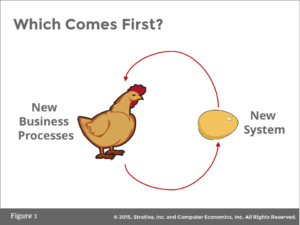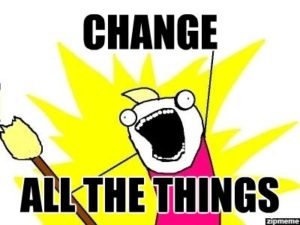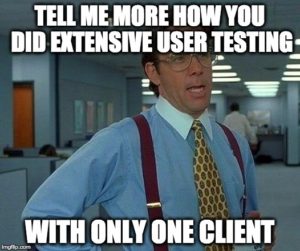For the past two weeks, my family and I have been visiting Amsterdam, Antwerp and Paris. This was the first time my girls had been outside the country. Out of shear necessity, this also meant that we were exposing them to lots of new cuisine. Ultimately, trying all the new foods became a highlight of our trip. My girls learned a lot about themselves along the way. And I learned that managing people’s food preferences is a lot like managing stakeholders (yes, I had to tie it in to project management).
Our trip started a bit on the precarious side on day one in Amsterdam when the younger daughter was tired and hungry and offered up pizza or pasta as the only options for dinner. Since neither of those were of interest to anyone else, I suggested a Spanish tapas place. I figured I would be able to find at least one dish that everyone liked. We had prawns in lemon butter sauce, abondigas (Spanish meatballs), a potato and egg frittata, grilled octopus and several other dishes. I knew it was a winner about half-way through when Ana asked if I could make the potato and egg frittata at home. Cayla decided that grilled octopus was pretty tasty.
 Amsterdam is known for Indonesian food, and since the girls were being adventurous, we tried it. We did the traditional Indonesian rice table, where we were served a variety of dishes of chicken, lamb, beef, fish and shrimp, all covered in a different sauce. The experience was unique and Cayla declared this her favorite new food of the trip.
Amsterdam is known for Indonesian food, and since the girls were being adventurous, we tried it. We did the traditional Indonesian rice table, where we were served a variety of dishes of chicken, lamb, beef, fish and shrimp, all covered in a different sauce. The experience was unique and Cayla declared this her favorite new food of the trip.
In Antwerp, we had traditional Belgian food including waffles and fries. Here we learned about the inclination to use mayonnaise and unexpected sauces on everything. Sadly, we ordered mussels before it was explained that you never eat mussels in months that don’t have an “r”.
We spent the last couple of days in Paris. Our first dinner we ordered both frogs legs and escargot to continue the culinary exploration. Frog legs were a favorite to eat, but the experience of eating the escargot was a highlight. We also learned that Parisians use dark chocolate in their ice cream. We ended our trip at our hotel restaurant, a very nice restaurant that showcased a 7 course chef’s tasting menu. The food adventure stopped short for the girls for this one, so we had to order regular menu items. We did make them try the amusebuch. This did not rank high up for the girls, but Carson and I enjoyed it.
Through all that, what did we learn?
- You don’t have to like it, you just have to try it
- Often food is about the image of it in your mind, rather than it’s reality
- You really can find at least 1 thing on any menu you can enjoy for a meal
- You don’t need to travel hundreds of miles across the ocean to start your food adventure
What does any of this have to do with project management? Actually, a whole lot more than you think.
- This whole trip was about managing stakeholders; acknowledging preferences and balancing motivation (hunger, tiredness, etc)
- Trying something new shouldn’t be under-estimated. If it doesn’t work, you can try something else.
- Timetables and schedules are important even when not. We were on vacation so didn’t have a set schedule. We all had an idea of what we wanted to do and see, but exactly when or how were flexible. Despite all this, we still needed to manage to a schedule for food, relaxation and bed. It was clear when we made the wrong decision, or were pushing each other to our max.






 My dad recently sent me this
My dad recently sent me this  Step 1: Critical to both processes is identify the value. Why is the customer engaging in
Step 1: Critical to both processes is identify the value. Why is the customer engaging in
